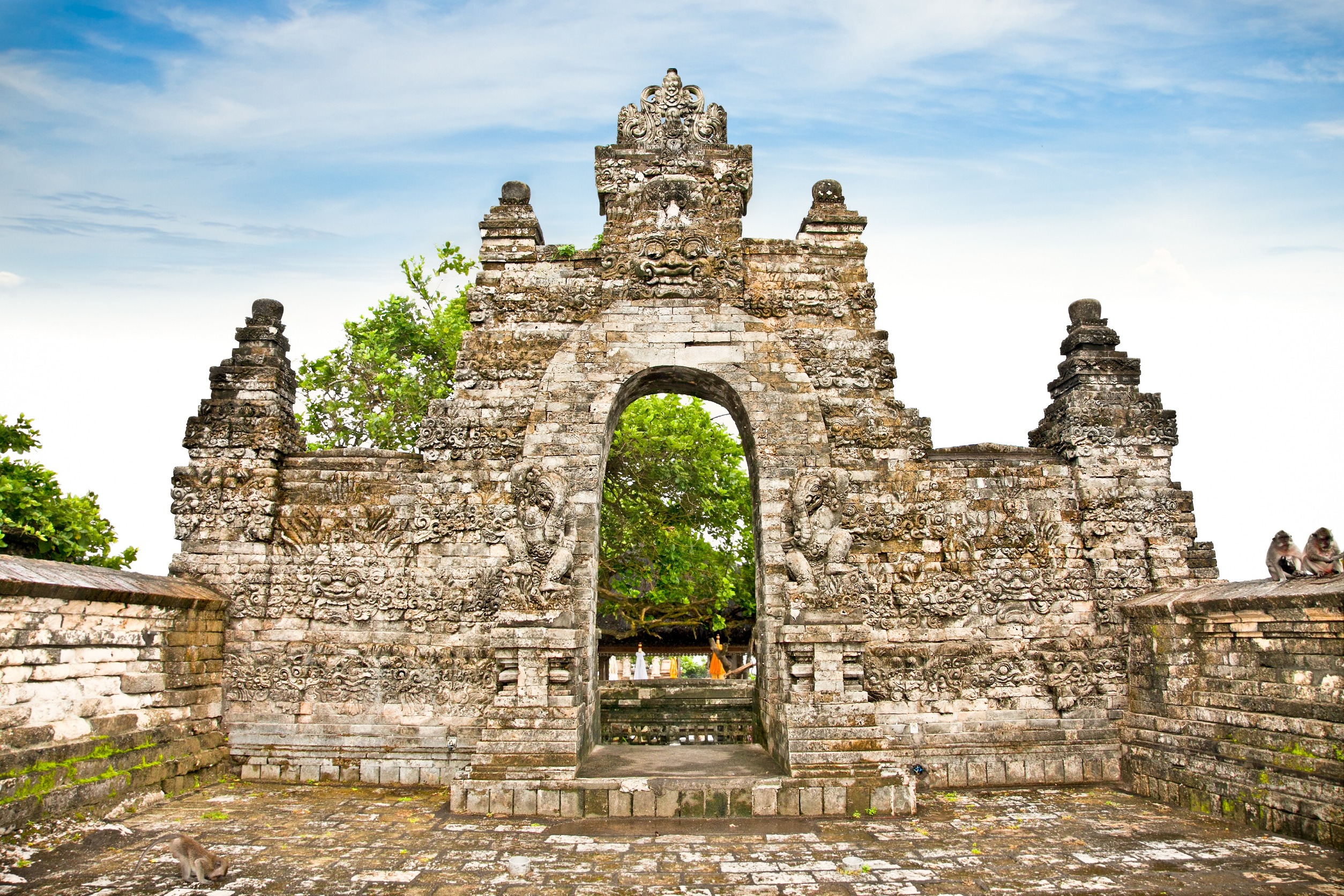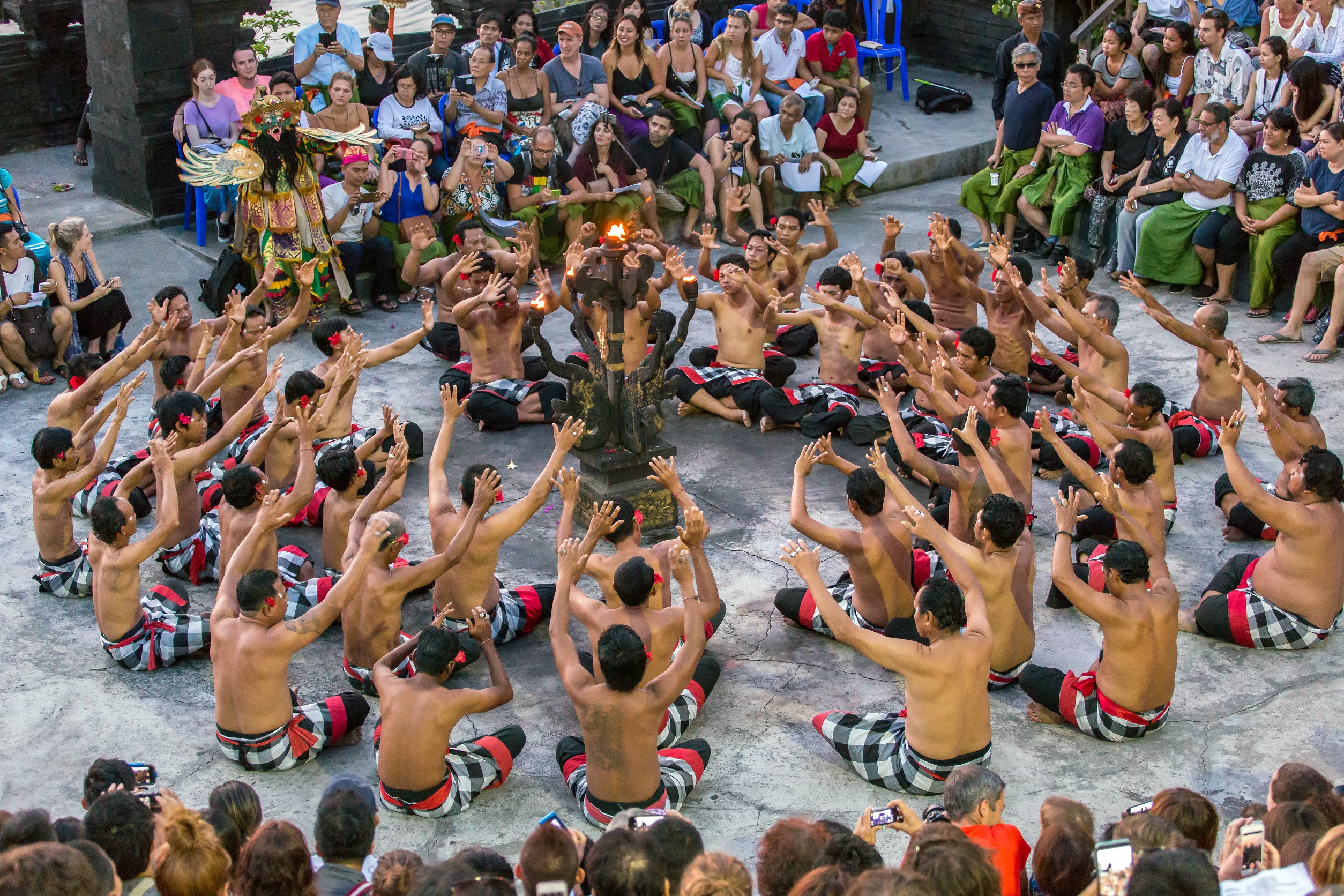Explore Bali’s Cliffside Gem, The Uluwatu Temple
On the beautiful island where diversity flourishes, there are spots that are simply breathtaking due to the culture, aesthetics, and people like the Uluwatu Temple, renowned for its deep connection to everything Balinese, from traditions tears down its past. The temple is highly appreciated not only for the beautiful vistas but also because being surrounded by nature makes it possible to grasp Bali’s various customs in their entirety. This guide aims to inform you on the most important factual information about Uluwatu, how to get there and useful tips on how to enjoy visiting the temple. To help make your journey as enjoyable as possible, we will provide you with some key information on the beauty and the history of Uluwatu Temple, as well as some useful tips regarding how to get there. Please, read more about Kecak Fire Dance, which is an inseparable part of the temple.
Where and what’s Uluwatu Temple?

Uluwatu temple, whose other name is pura luhur uluwatu, was founded in the eleventh century. Furthermore, it is one of Bali’s six sea temples and is revered for its ability to ward off demons and evil spirits.`The word Ulu in balinese means the ‘top’ and wate in the same language translates to ‘stone,’ in short it’s an elevated stone temple. Uluwatu Temple was constructed in devotion to Sang Hyang Widhi Wasa, the deity of supreme substantiality within Indonesian Hindu beliefs who has a massive importance among the denominational population. Regular practices resonating with the local people’s actual lives were further inspired by the temple architecture that features shrines and statues. Many other recognizable styles of higher structures typified the interior design of Bali, and this is Madura sea archipelago.
Uluwatu Temple is one of the greatest places to watch sunsets. They are breathtaking but do not compare to the stunning colors that the sky turns as the sun set. As a result, many people gather at the western end of the temple, hoping to take an incredible picture of the waves crashing against the cliffs.
Kecak Dance-ushering in the theatre of Ramayana

Listening to the mesmerizing sounds of the traditional Kecak dance, which is held every evening at the Uluwatu Temple at sunset, is the cherry on the cake of the Uluwatu Temple experience. People are not left untouched by tales of the epic Hindu stories. The dance features many men in stage costumes who shout the distinctive words “Kecak!” in unison. The dominant theme of the dance is about the love story of Prince Rama and the Monkey King Hanuman’s wish to save his wife from demon King Ravana. This type of dance is held in an outdoor theatre so the audience is encouraged to enjoy the sunset against the performance.
Considerable Information regarding Uluwatu
Time management is essential for making the most of the trip to Uluwatu Temple. To avoid unnecessary chaos upon arrival, here are a few recommendations.
1.Appropriate Dress Code: All visitors to the temple must wear a sarong and sash as a sign of reverence to the holy site. These will be provided upon checking.
2.The monkey invasion: Similar to many temples in Uluwatu, there are many monkeys present and if it does not intimidate you to trust them, be prepared for an aggressive takedown. Take note of your belongings, especially if they contain shiny things like sunglasses or cameras because monkeys will surely take those from you.
3.Get There in Time for Sunset: Because a terrific view of the sunset goes first, it makes sense to come at an earlier hour; the location is usually busy since people flock to the area where the Kecak dance is performed.
4.Take Necessary Precautions against the Hot Sun:Since the area of the temple is sun exposed and the temperature range during the day may vary, it is advisable to wear hats, apply lotion, and carry drinking water.
Other Places of Interest that are Close By
Other than Uluwatu Temple, there are plenty of other sites that one can visit near it. Padang Padang Beach is another one of Bali's famous beaches, perfect for swimming and surfing in its clear waters. One may also pay a visit to Garuda Wisnu Kencana Cultural Park to see the giant effigy of Lord Vishnu and the bird Garuda. The area in particular also has local eateries, luxurious hotels and many beautiful shops that specialize in traditional Balinese crafts.
Available Places to Eat and Stay
Uluwatu Temple is surrounded by an array of places to stay and places to eat out. Cliff restaurants are available offering seafood and local Balinese cuisine with breath-taking views of the sea.
Uluwatu is famous for several resorts and luxurious villas that allow visitors to easily access the temple and the beaches nearby. Regardless if you prefer a plush get away or a more cost effective one, there is plenty for everyone.
Best Time to Visit Uluwatu Temple
The best time to visit Uluwatu Temple would be from pre April to the end of the month October since those are Bali’s dry months. During the Oberoi months clear skies will be available. It is also good for sightseeing due to moderate humidity levels. It’s also better to go in the evening so that you can catch the sunset which is said to be one of the best things that can be seen in Bali.
A Sacred and Scenic Destination in Bali
Uluwatu temple is not just for tourists in Bali where it is merely an attraction to be visited. It’s a place that goes deep into the culture and spirituality of Bali. It’s one of those places which has stunning cliff side views and serves great Kecak dance making it interesting for any tourist and also making them learn about the history of the island. Spirituality, culture or simply exquisite views- whatever you are searching for, Uluwatu Temple is not going to disappoint you when you visit Bali’s gorgeous island.